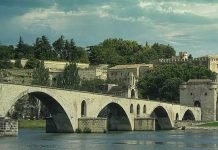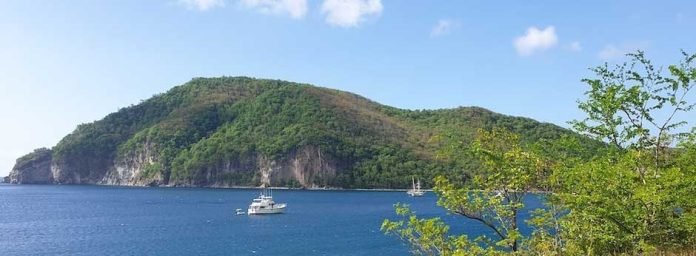In 1989, the lush landscapes of Basse-Terre Island became the backdrop for Guadeloupe National Park, marking it as the first French national park in the overseas territories. Created with a mission to preserve the distinct nature of the Antilles, the park sprawls across nearly 22,000 hectares, with a vast expanse of 17,300 hectares of tropical forest and 3,700 hectares dedicated to a humid and marine environment. This initiative stems from the General Council of Guadeloupe’s establishment of the Guadeloupe Natural Park in 1970, a move to highlight and protect the island’s exceptional biodiversity.
Visitors today can explore natural wonders within the park’s boundaries such as the renowned Soufrière volcano, standing as the highest peak of the Lesser Antilles at 1,467 meters, and the breathtaking Carbet falls beckon travelers and adventurers. For those interested in marine life, the adjoining Grand Cul-de-Sac Marin Nature Reserve, established in 1987, offers an exotic panorama of aquatic wonders.
The park and reserve’s collective 300 kilometers of trails invite hiking enthusiasts to traverse the diverse landscapes, promising encounters with local wildlife like raccoons, mongoose, hummingbirds, brown pelicans, and stick insects. Further enhancing the exploration experience, the Route de la Traversée, a scenic 17 km route connecting Petit-Bourg to Pointe-Noire, houses the Forest House. Here, visitors can deepen their understanding of the lush natural surroundings and even embark on a discovery trail starting at a charming picnic area alongside the Bras-David river.
As one ventures further along the Route de la Traversée towards Petit-Bourg, they’re greeted by a landscaped path that leads to the enchanting Crayfish Waterfall, a short and family-friendly walk that ends at a captivating waterfall amidst lush greenery. This comprehensive network of trails, paths, and exploration points encapsulates the essence of Guadeloupe National Park, reinforcing its commitment to preserving and showcasing the island’s environmental riches.
In recognition of its significant conservation efforts and diverse ecosystems, Guadeloupe National Park, alongside the Grand Cul-de-Sac Marin Nature Reserve, was designated an international biosphere reserve by UNESCO in 1992. This accolade further solidified the park’s position as a beacon of natural preservation and sustainable exploration, welcoming visitors from around the world to revel in its natural splendor, while ensuring the protection and longevity of Guadeloupe’s invaluable terrestrial and marine environments.


















